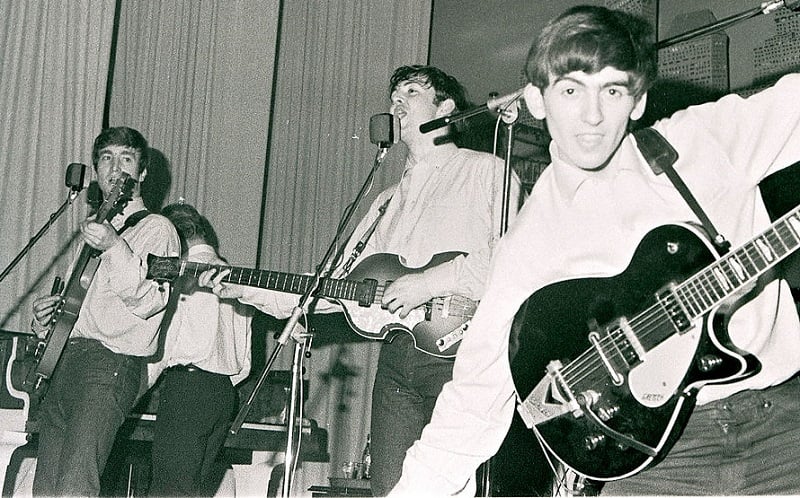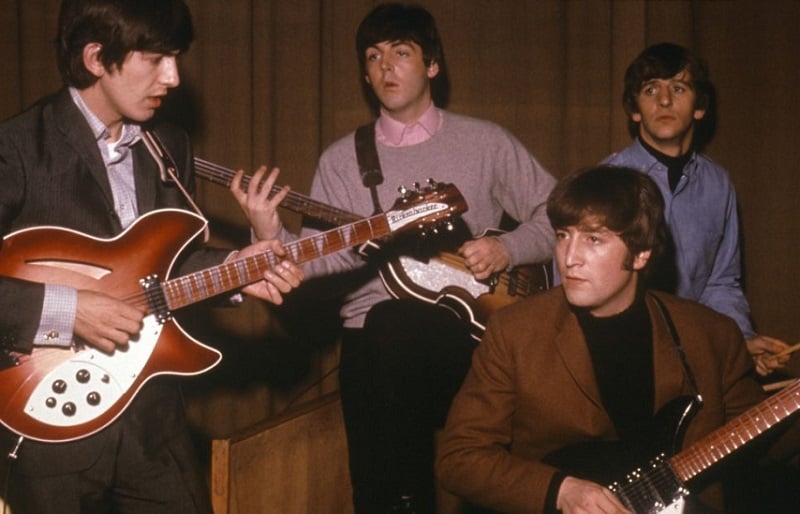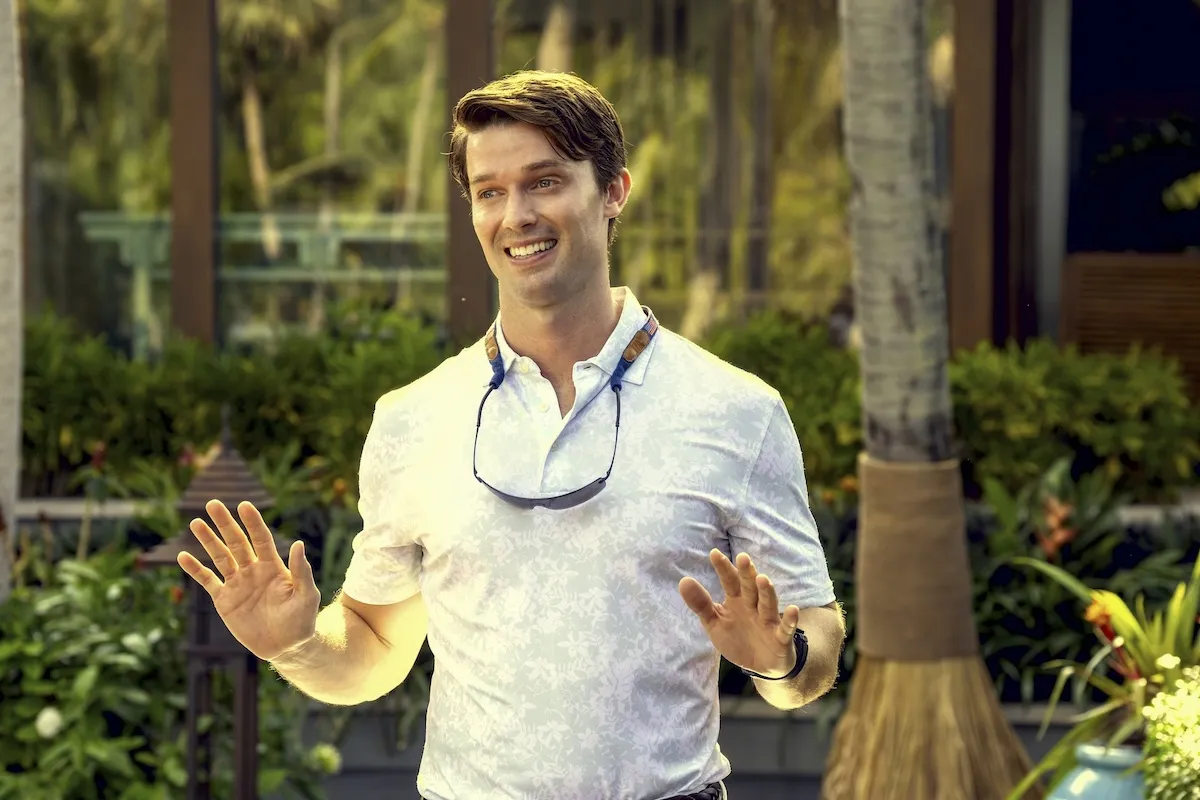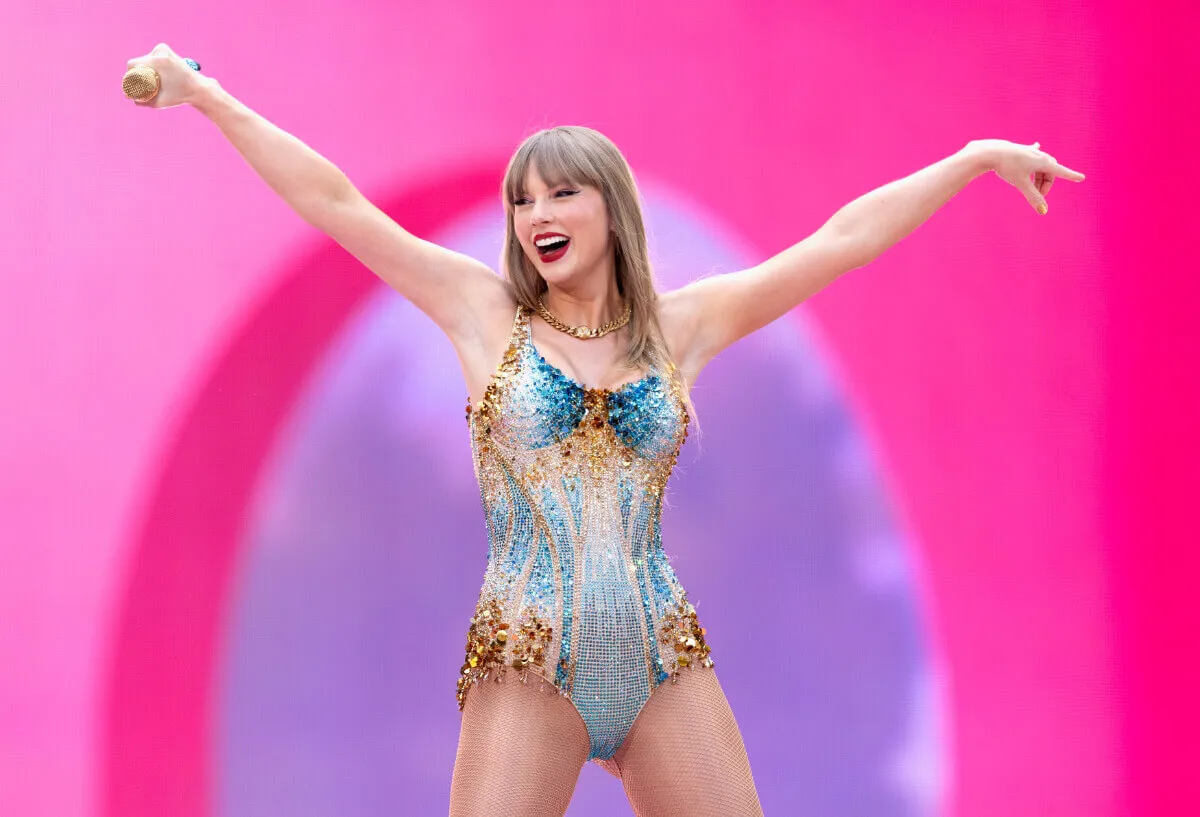Why John Lennon and Paul McCartney Treated George Harrison Like a Lesser Beatle
As the years went by and the No. 1 hits piled up, The Beatles became an awful lot to deal with. John Lennon could be moody and mean; Paul McCartney could be overbearing and condescending; George Harrison might sulk silently; and Ringo would barely speak.
Looking back, that was how many people close to the Fab Four remembered them in the late 1960s. By the recording of Sgt. Pepper’s, the tensions had gotten to George, who only got one song onto that album. (Another George track bumped from Sgt Pepper’s mocked the Beatles publishing contract.)
That feeling continued to build until George quit the band temporarily in early 1969. Though he returned and produced some of his best work on Abbey Road, you could argue George (the youngest Beatle) couldn’t wait to leave the band for good.
If you need a reason why, just look at the way John and Paul treated him. The band’s chief engineer said John would act as if George was “a kid brother, or even a subordinate.” Meanwhile, Paul didn’t think much of George as a musician.
John and Paul never considered George their equal as songwriters or musicians.

In Here, There and Everywhere, chief Beatles engineer Geoff Emerick tells stories from inside the studio during the recording of the classic late-’60s albums. While describing how his team got the legendary songs on record, Emerick also offers insight on relationships between bandmates.
One such story starts with “Tomorrow Never Knows,” John’s innovative song on Revolver. When it came time to work on the guitar parts, Emerick observed how John nodded his head as George suggested he play the tamboura (an Indian instrument).
“You could tell [John] liked the idea, but he wasn’t about to say so,” Emerick wrote. “It was rare when John gave George the respect he deserved.” However, later in the book, Emerick offers a clue as to why — George would at times lag behind the other band members in musicianship.
Once, he spent an entire day on the backwards solo for “I’m Only Sleeping,” which drove the engineers nuts. Emerick also notes that Paul “actually seemed a bit embarrassed by George’s musical limitations” and would roll his eyes when his bandmate flubbed a guitar solo or vocal.
In 1969, George confronted both John and Paul in the studio.

When George walked out on the band during the filming of the Let It Be, most people assumed it followed the bitter on-camera argument between him and Paul. However, that was only one of the issues George had with his bandmates.
During those same days, he and John actually got into a fistfight at Abbey Road. The years of John shorting him on respect, along with the presence of Yoko in the studio, pushed the two Beatles to fisticuffs.
Though John and George made up and even made records together after the Beatles’ breakup, that resentment lingered. Perhaps it’s one reason George left John out of his book I Me Mine — a snub which infuriated John and basically ended their friendship for good.
As for George and Paul, Emerick recounted a story from the recording of Abbey Road. By then, George had come up with his best material to date, but Paul still wanted to give him pointers in the studio. But George wouldn’t listen for a second.
“No, I think the song is fine as it is,” George answered Paul’s suggestion for “Here Comes the Sun.” After that didn’t end it, George broke it down for his longtime bandmate: “Look, I don’t have to listen to you,” he said.
Also see: The Raunchy Lyric Paul McCartney Slipped Into ‘Penny Lane’


